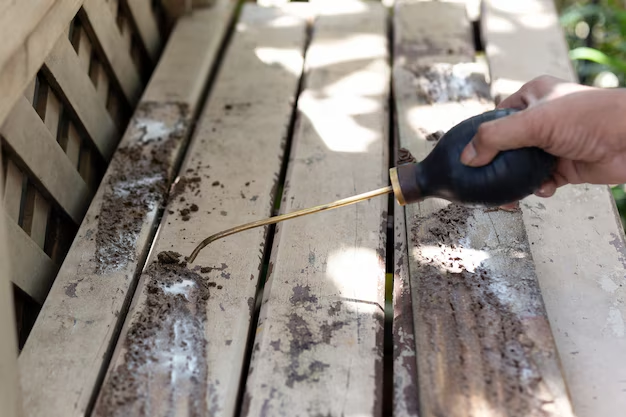Replacing Your Roof: What It Costs and How to Manage the Expense
A solid roof is crucial for protecting your home from the elements. However, like any part of your home, roofs have a lifespan and will eventually need replacement. If you’re facing this daunting task, you might be asking how much will it cost to replace your roof? The answer varies based on factors such as size, materials, and location, but here’s a concise breakdown to help you budget.
Understanding Roof Replacement Costs
Type of Material: The cost heavily depends on the type of materials you choose. Asphalt shingles are the most common and affordable option, averaging between $5,000 to $10,000 for a typical home. Metal roofs can cost between $5,000 to $25,000, while more luxurious materials like tile or slate may reach $15,000 to $50,000.
Roof Size and Pitch: The size of your roof directly impacts the overall cost—larger roofs require more materials and labor. The pitch (or steepness) of the roof also affects the price, as more challenging installations might incur additional labor costs.
Location: Geographical location influences material costs and labor expenses. Urban areas often incur higher labor costs than rural regions due to demand and living expenses.
Factors Affecting Your Final Bill
Old Roof Removal: Removing existing materials can add extra costs, typically ranging from $1,000 to $2,000.
Structural Repairs: Sometimes the underlying structure of your roof might need repair or reinforcement, which could further increase the total cost.
Disposal Costs: Expect additional fees related to the disposal of old roofing materials.
Navigating Financial Assistance
Replacing a roof can be costly, but there are financial resources that can alleviate the burden:
Government Programs
Federal and State Aid: Certain programs offer assistance for home repair and improvement, particularly for qualified low-income households. Investigate local government grants or subsidies aimed at improving home infrastructure.
Financing Options
Home Improvement Loans: Numerous banks and credit unions offer loans specifically for home improvements, allowing you to spread the cost over a longer period.
Credit Card Solutions: If the interest rate is favorable, credit cards can be a viable option for managing immediate expenses. However, it’s crucial to monitor interest rates to avoid long-term debt.
Insurance Claims
Homeowner’s Insurance: If your roof replacement is necessary due to storm damage or another covered event, your homeowner’s insurance policy might cover part or all of the cost. Consult your policy and adjuster to explore opportunities for claims.
Exploring Educational Opportunities
Repair and Maintenance Workshops: Some community organizations offer workshops that teach basic maintenance skills, potentially helping you avoid premature roof replacements in the future.
Taking full advantage of these opportunities can not only help manage expenses in the short term but also provide long-term savings.
Key Financial Assistance and Solutions
🏛️ Government Grants & Programs
- Federal and state programs for home repair
- Local subsidies for infrastructure improvement
💳 Credit Solutions
- Low-interest home improvement loans
- Favorable credit card rates for emergency funding
🏦 Insurance Opportunities
- Homeowner’s insurance coverage for storm damage
- Consult adjusters for competitive claims
🎓 Educational Resources
- DIY workshops for maintenance skills
- Online courses for long-term savings
Facing roof replacement may seem overwhelming, but understanding your costs and exploring these resources can ease the financial impact. Take the time to research and plan your route forward, ensuring your new roof is not just a necessary expenditure but a sound investment for your home’s future.
